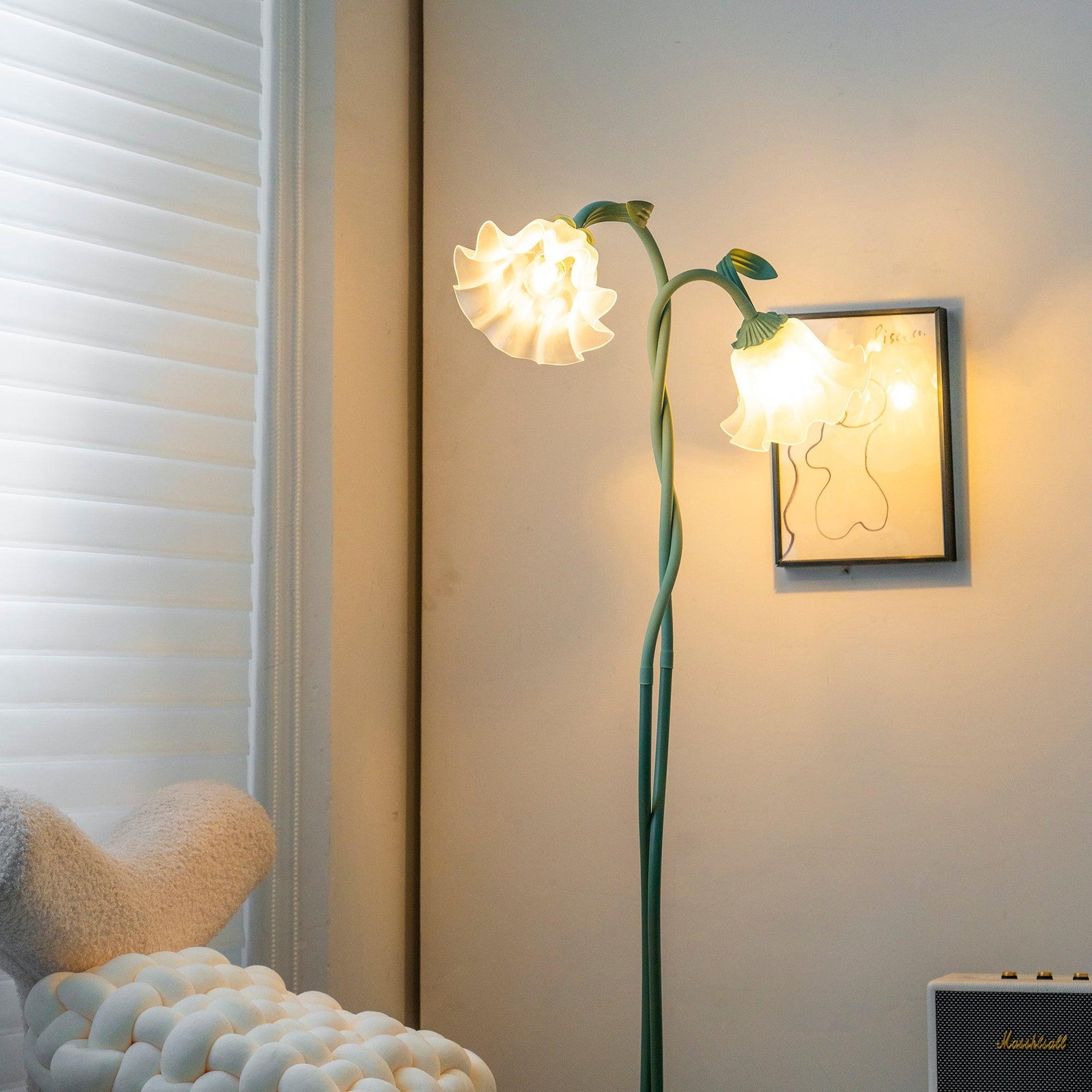Sunmory Can Be Fun For Everyone
Sunmory Can Be Fun For Everyone
Blog Article
Top Guidelines Of Sunmory
Table of ContentsNot known Factual Statements About Sunmory The Sunmory IdeasThe Facts About Sunmory RevealedThe Buzz on Sunmory10 Simple Techniques For SunmoryThe Ultimate Guide To Sunmory
As I spoke about in an earlier article, A Lesson on Lighting, the direction the light bulb faces is a huge aspect just how much light the light supplies. When the light bulb encounters up (uplight) it will offer even more ambient light to the entire room while a bulb that encounters down (downlight) offers a lot more concentrated task illumination.Combos I like are brass + brightened nickel and brass + black. I have a tendency to choose flooring lamps in the middle of my design process - they usually enhance various other elements and play a sustaining function.
Ever before found yourself gazing at your room, questioning whether a table light or a floor lamp would finish the appearance? We will look at Desk Lamp vs. Floor Lamp in a neck and neck comparison to see which is the much better option.
The Best Strategy To Use For Sunmory
Their major job is to offer light in a particular location. Table lights improve area decoration by providing both light and design options to match your space's look.
(https://www.behance.net/zhipenglin2)With tones that diffuse light gently, table lights can produce a cozy, welcoming ambience in any room. Floor lights are freestanding lights fixtures created to illuminate or accent a room from the floor up. They're independent, calling for no table or rack for assistance. Their layout enables them to provide both ambient and task lighting, relying on the design and placement.
With alternatives for uplighting or directional illumination, they offer numerous illumination requirements. Unlike table lights, they don't call for added furniture, conserving room and expense. floor lamps for bedroom.
Sunmory Fundamentals Explained
Floor Light: Stands on the flooring, protecting table room. for its very little effect on surface area area usage. Table Light: Does not inhabit flooring space, as it rests on existing furniture. Flooring Light: Calls for a portion of floor area for placement. for preserving valuable floor space in an area. Table Lamp: Deals concentrated, local illumination suitable for checking out or job job.
for its ability to light up larger areas effectively. Table Light: Easily relocated and repositioned, providing flexibility in changing lighting places. Flooring Light: Much less mobile as a result of size yet offers adjustable heights and angles in numerous layouts. for its premium convenience of repositioning. Table Lamp: Available in various styles, adding a decorative touch to tables and shelves.
Flooring Light: Deals adjustable illumination options, including uplighting and downlighting, to match numerous requirements. Table Light and Flooring Light: Both can be equally energy-efficient, depending on the kind of light bulbs made use of (LED, CFL, etc).
Sunmory for Beginners

You require concentrated lights for tasks. You're working with restricted floor space - modern floor lamp. The selection in between a floor light and try these out a table lamp depends on your details demands.
They're terrific for ambient lights or when you need light from over for analysis. Table lights, on the various other hand, are a lot more suitable for task lights, such as reading, writing, or working with a computer. They can offer straight light in a particular location and add a decorative touch to tables or workdesks.
Sunmory for Dummies
Table lamps are made to rest on tables and provide light in one area, excellent for reviewing or writing. The quantity of power made use of by a light is determined by the wattage of the light bulb it houses, not the kind of light. Both flooring lights and ceiling lights can be energy-efficient depending upon the light bulbs they use.
A floor light, frequently recognized as a standing lamp, is a high, freestanding light made to depend on the flooring. Flooring lamps generally include a base, a pole, and a lamp shade, which houses the light bulb. The base keeps the lamp stable, while the pole can come in various designs and coatings, sustaining the lampshade and bulb at the top.
Lamps used to be constructed from timber and brass, today they use electric illumination and are essential for home decoration. Flooring lights transitioned from purely functional to crucial ornamental pieces in homes. New innovation and imaginative designs made them prominent in the 1950s, providing different designs for both lights and looks.
The 8-Minute Rule for Sunmory
A floor lamp consists of four major components: the base, post, lamp shade, and light. The base supplies security, preventing the lamp from tipping over. The post attaches the base to the lamp shade and commonly includes adjustable features to transform the light's height or direction. The lampshade diffuses and routes the light, influencing the atmosphere of a room.

Report this page